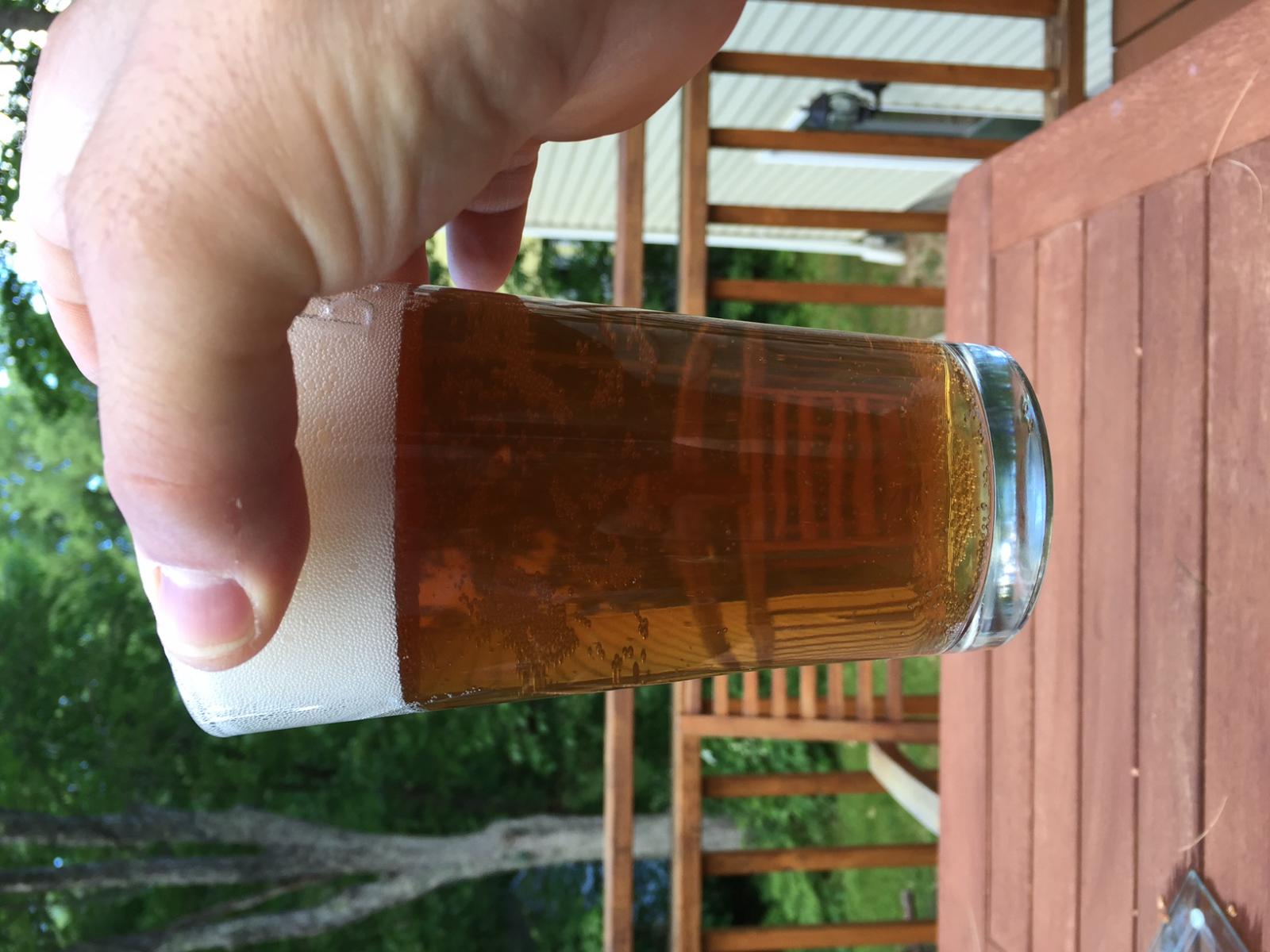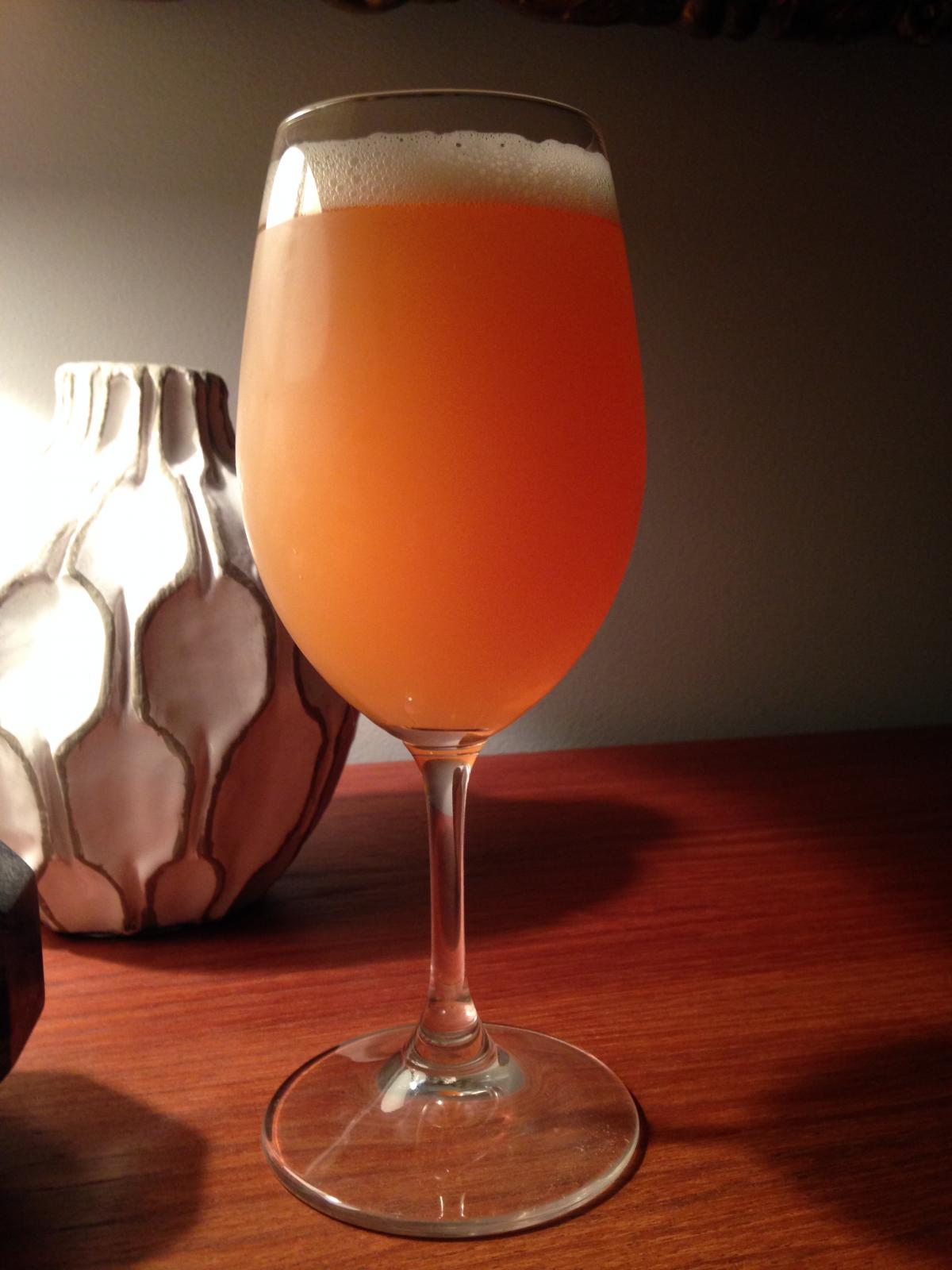I just responded to this in the treehouse thread, but i'm going to echo my reply here because I'd like to see Braufessor and other's take on it. Below is a copy/paste.
Something interesting/annoying I noticed.
Right up front he acknowledges that water profiles play a big role in NE beers, but he chooses to ignore that and eliminate it. But isn't the point to experiment with the full style? I guess you could say you wanted to test one variable at a time, but shouldn't you then go and test the other?
The whole point was to experiment with haziness, so why leave out a variable that might be contributing.
He even brings it back up at the end
I'd like to see the same thing done but with the water profile included.
No longer copy/paste. Braufessor mentioned wanting to do a test of the original recipe compared to one that is actively "cleared". I'd love to see if his findings mirror the ones of that article.
I saw this a couple days ago too and thought it was interesting. I agree with some of your thoughts as well. I guess the one thing that I really, really like about this particular experiment is simply this fact:
Now, we can get past the ridiculous idea that "NE IPA's" are the result of sloppy brewing, lazy brewers, poor practice, etc.......
There has been a ton of bashing on NE IPA's, much coming from folks on the west coast. A lot of the argument seems to come back to this false notion that the haziness is always the result of poor practices. I have heard more than one interview or commentator throw out off the cuff remarks to the tune of: "All they have to do is fine the beer or add some gelatin and bam.... you have a clear version that will now be a better version."
I think a lot of the "tone" has been dismissive of the beers as a whole. I think this very simple experiment opens up a wider, more genuine and sincere look at what is going on in these beers. Marshall sort of indicated that himself - he was surprised that the gelatin had essentially no impact..... and gelatin is used with great success to clear all kinds of beers, all the time. Why not this kind?
I think part of the issue is that, in general, the tone towards these beers has been so dismissive that it was sort of pointless (for the detractors) to even entertain the role of chloride, or pH, or polyphenols, or the types of hops, or hopping during fermentation.... etc. They already had their answer - lots of yeast, sloppy brewing, and rushing beer along rather than taking the time to drop it clear. Well, thanks to this simple experiment - maybe we can get past that and realize there are other things going on..... probably, not one thing - but several things all at play with each other.
There are certainly bad and sloppy versions of these beers. However, there are some great versions too. Marshall seemed to really like this beer in the experiment - even though it contrasted with what his acknowledged preferences were. I know these beers are not hazy because of laziness or bad brewing. The beers I brew are NOT yeasty. I don't prefer lots of yeast in these.... that is why I use Conan. But mine are very hazy - and they stay hazy. I have ZERO difficulty brewing crystal clear beer. I am not doing something to "make" these beers hazy... they just are. There is more going on than the simplicity of "fining" them.
My guess - in the end, I think the only real way (short of extravagant clarifying measures like filtering and centrifuge) is to basically turn them into west coast IPA's..... more traditional water, lower pH, less emphasis on late hops, dry hopping post fermentation, etc....... We'll see I guess. But, I think Marshall will come back to this with more and more precise angles at isolating significant variables.
Like I said - I don't even think there was much of a real discussion going on. Perhaps this will start to raise some actual questions and curiosities.
I have a current version going right now where I simply flip flopped my sulfate chloride.... with 150 sulfate, 70 chloride to simply see what impact it has. Perhaps in the next couple weeks I will brew 2...... the original recipe and then I will change it to a "west coast" version to simply see what the taste differences might be and if I have a preference one way or the other.
I think if I was going to turn this into a "west coast" version..... I would do the following things to start with:
*Scale back on flaked.... maybe subbing in regular wheat and 2Row
*1056
*Sulfate 150-200, Chloride 20-40
*pH = 5.30 (I usually go 5.4+)
*Hold dry hop in fermenter later..... maybe day 9-10 to make sure fermentation is done.
*Probably try some things like gelatin and cold crashing to clear it up as much as possible.
I would keep the hops the same..... and, I would still dry hop twice.
Those are some things that strike me as simultaneously trying to stay in the spirit of the NE IPA version, but making it "west coast" to some degree.














































![Craft A Brew - Safale S-04 Dry Yeast - Fermentis - English Ale Dry Yeast - For English and American Ales and Hard Apple Ciders - Ingredients for Home Brewing - Beer Making Supplies - [1 Pack]](https://m.media-amazon.com/images/I/41fVGNh6JfL._SL500_.jpg)










 but yes you both answered my question. I was curious about the dry hopping in the keg since i only have two. I will still do a double dry hop, but will have to just do it all in one vessel, then transfer to serving keg. Cant wait to brew this! still need to gather water additives and hop as my lhbs didn't have them.
but yes you both answered my question. I was curious about the dry hopping in the keg since i only have two. I will still do a double dry hop, but will have to just do it all in one vessel, then transfer to serving keg. Cant wait to brew this! still need to gather water additives and hop as my lhbs didn't have them.

